YouTube Influencer Marketing Guide: Is It the Right Choice for Your Brand?
.png)
Discount coupon brand, Honey, invested $29.1M in YouTube influencer marketing. The company went all in with successful YouTube creators like PewDiePie, Mr.Beast, and TheAceFamily.
Was it worth it?
You tell us — does garnering 18 million views and reaching 42.4 million users seem like a good influencer marketing return-on-investment (ROI)?
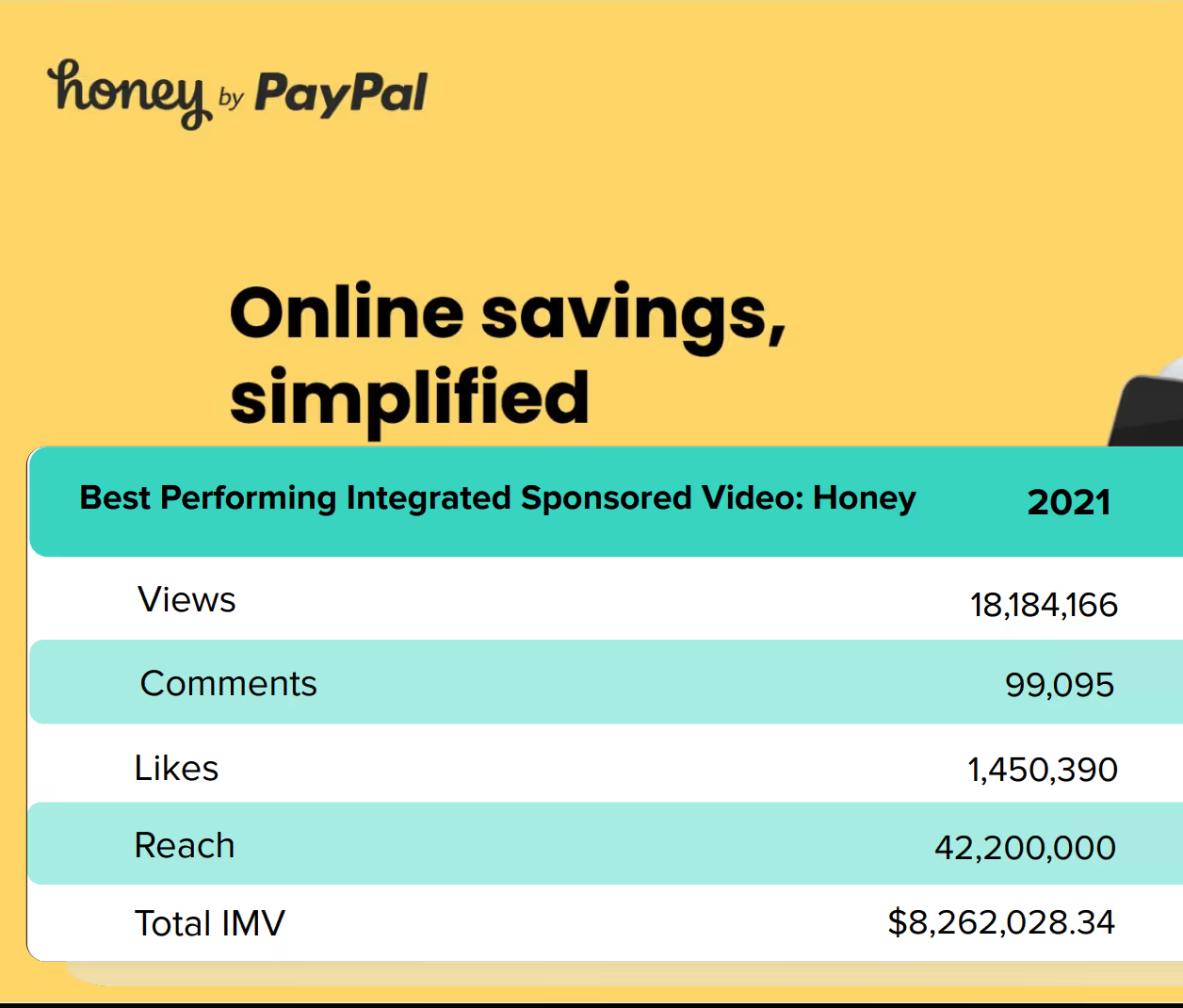
But these influencer marketing achievements shouldn’t be surprising: YouTube has over two billion users and 14.3 billion monthly visits. No wonder YouTube influencer marketing is spreading like wildfire, with 70% of marketers saying it’s a top priority for brand building.
The million-dollar question is — can YouTube influencer marketing ramp up your influencer marketing strategy? Or should you stick with good ol’ TikTok and Instagram?
3 Benefits of Working With YouTube Influencers: Is YouTube Influencer Marketing Right for You?
It’s no surprise video marketing is all the rage right now: 87% of marketers say video has helped them generate good ROI. And YouTube influencer marketing campaigns combine the best of both worlds: video marketing and influencer marketing.
Here are the top three benefits of partnering with YouTube influencers in your influencer marketing strategy:
#1: YouTube Has Evergreen Search (While TikTok and Instagram’s Videos Die Quickly)
Most content on other social media platforms like TikTok and Instagram is short-lived. Stories peak within the first eight to 12 hours, and other native platform posts don’t stay in the feeds long enough to generate consistent traffic.
But with YouTube influencer marketing campaigns, one influencer can drive traffic for weeks because their video views will run up for years.
If a YouTube influencer has used the right keywords in their description and the partnership is relevant for both of you, you’re looking at some solid consistent traffic and brand awareness from YouTube marketing.
#2: YouTube Content Is Proactively Searched for (When TikTok and Instagram Ads Pop Up Unexpectedly)
Why does YouTube have a 17.8% engagement rate while other social media platforms like Instagram and TikTok hover near the 2% mark?
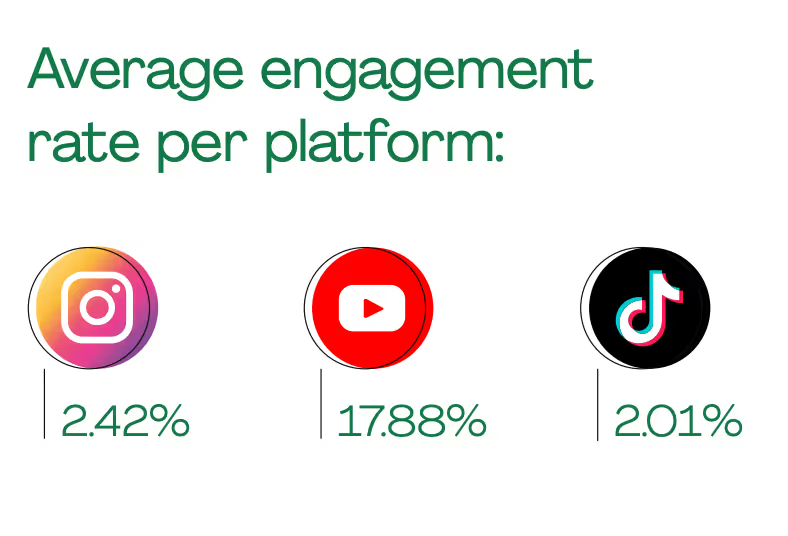
One reason could be that on Instagram and TikTok, the algorithm randomly places a paid brand partnership video in its users’ feeds. Potential customers didn’t ask for it.
But on YouTube, people search for their query or watch an interesting, recommended video from their For You page. If a product placement comes up, it doesn’t feel like advertising since the subscribers proactively searched for the query. This significantly improves the likelihood of watchers actually trying your products and YouTube influencer marketing boosting your sales.
#3: YouTube Has Introduced Shorts for Short-Form Videos (But Long-Form Videos Might Not Work So Well on Instagram and TikTok)
By releasing YouTube shorts — vertical video content of 15-60 seconds — YouTube has given tough competition to the short-form video apps, TikTok and Instagram. Creators can do everything they could on TikTok on YouTube shorts — add music, animations, and text.

This way, YouTube Shorts will be perfect for creating quick, attention-grabbing videos and challenges. On the other hand, long-form videos on YouTube will be best for product reviews, tutorials, and unboxing videos.
While TikTok is also testing to increase its video length to ten minutes, there are still mixed opinions on whether or not TikTok influencers want this. It might be possible that longer TikTok videos die a hard death like Instagram’s IGTV.
On the opposite spectrum, YouTube Shorts is enjoying great popularity — with over 5 trillion worldwide views to date.
But despite having many advantages, YouTube influencer marketing campaigns aren’t the right choice for every brand. You must be at the right stage to incorporate it into your strategy.
Are You Ready for YouTube Influencer Marketing: 3 Questions to Help You Decide
Here are three questions to ask yourself to assess whether or not YouTube influencer marketing is the right move for you:
Question 1: Does YouTube Influencer Marketing Make Sense for Your Industry?
Whether or not YouTube is right for you depends on your industry and your product or service. The top five industries spending money on YouTube influencer marketing are tech, gaming, food & drink, beauty, and fashion.
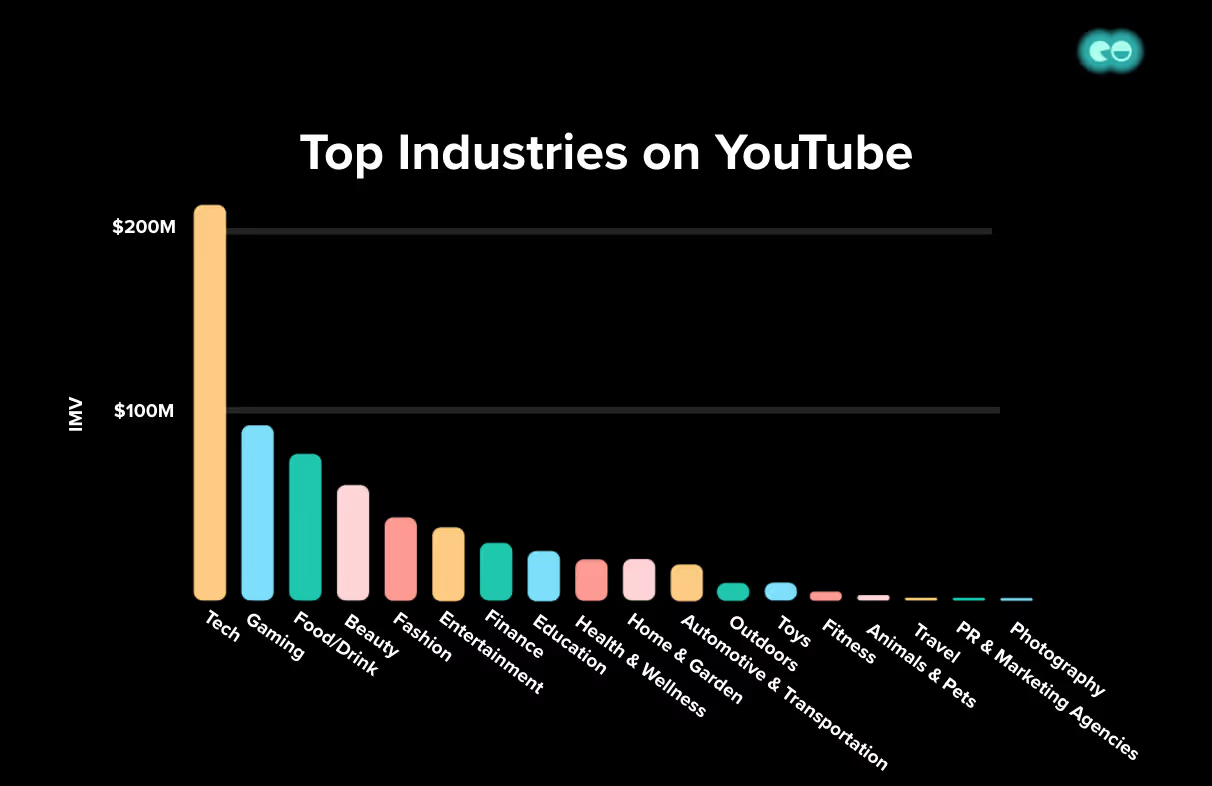
For these industries, YouTube influencer marketing campaigns are a smart move for brand awareness. People scour through long-form online videos on YouTube to hunt for skincare routines, fashion inspiration, tech guides, and yummy recipes.
Before hopping on YouTube influencer marketing, do some audience research and examine whether or not your potential consumers search for videos on YouTube for solutions to problems your product can solve.
Question 2: Do You Have the Budget to Hire YouTube Influencers?
The rates are the biggest con of working with a YouTube influencer over TikTok or Instagram influencers. Influencer rates vary from platform to platform because each social media channel's content types, audiences, and production efforts differ.
Why do YouTuber influencer marketing campaigns cost more? Because of the effort involved:
- The average length of a YouTube video is 11.7 minutes — requiring unique storytelling and engaging visuals to keep the audience engaged. A 60-second TikTok or Instagram Reel, on the other hand, doesn’t require a similar level of effort.
- A YouTuber influencer earns their bread and butter through the platform by making YouTube videos. Unlike TikTok or Instagram, a YouTube influencer gets paid for the ad views on their channels — so every video is made with an effort to boost audience watch time and keep people engaged till the end. This means YouTube influencers spend more money on production equipment, content creation, and video editing.
If your audience resides on YouTube, the next step is to take out a balance sheet and calculate whether you have the budget to work with YouTube influencers.
Question 3: Do You Want Premium Influencer Content Along With Influencer Marketing?
High-quality content is one of the prominent advantages of working with a YouTube influencer. YouTube creators often invest time, energy, and money in a filming setup and video editing software.
The result? Polished and professional influencer-generated content for your brand.
If your company wants high-quality influencer content for ads, social media, or your website, investing in YouTube influencer marketing campaigns is worth it.
Getting Started: How to Collaborate With YouTube Influencers
Here’s your guide to getting started on YouTube influencer marketing campaigns:
Step 1: Choose Your Type of Influencer Marketing Campaign
A YouTube influencer can create several types of videos for your brand. Here are the top five:
- Unboxing videos: A YouTube influencer opens your packaging (pssst … use Arka for personalized packaging at scale) and explores its features on video. Watchers get in on the action and see your products with the influencer. For example, skincare influencer, Kate, unboxes products from The Ordinary and shares her first impressions with her viewers.
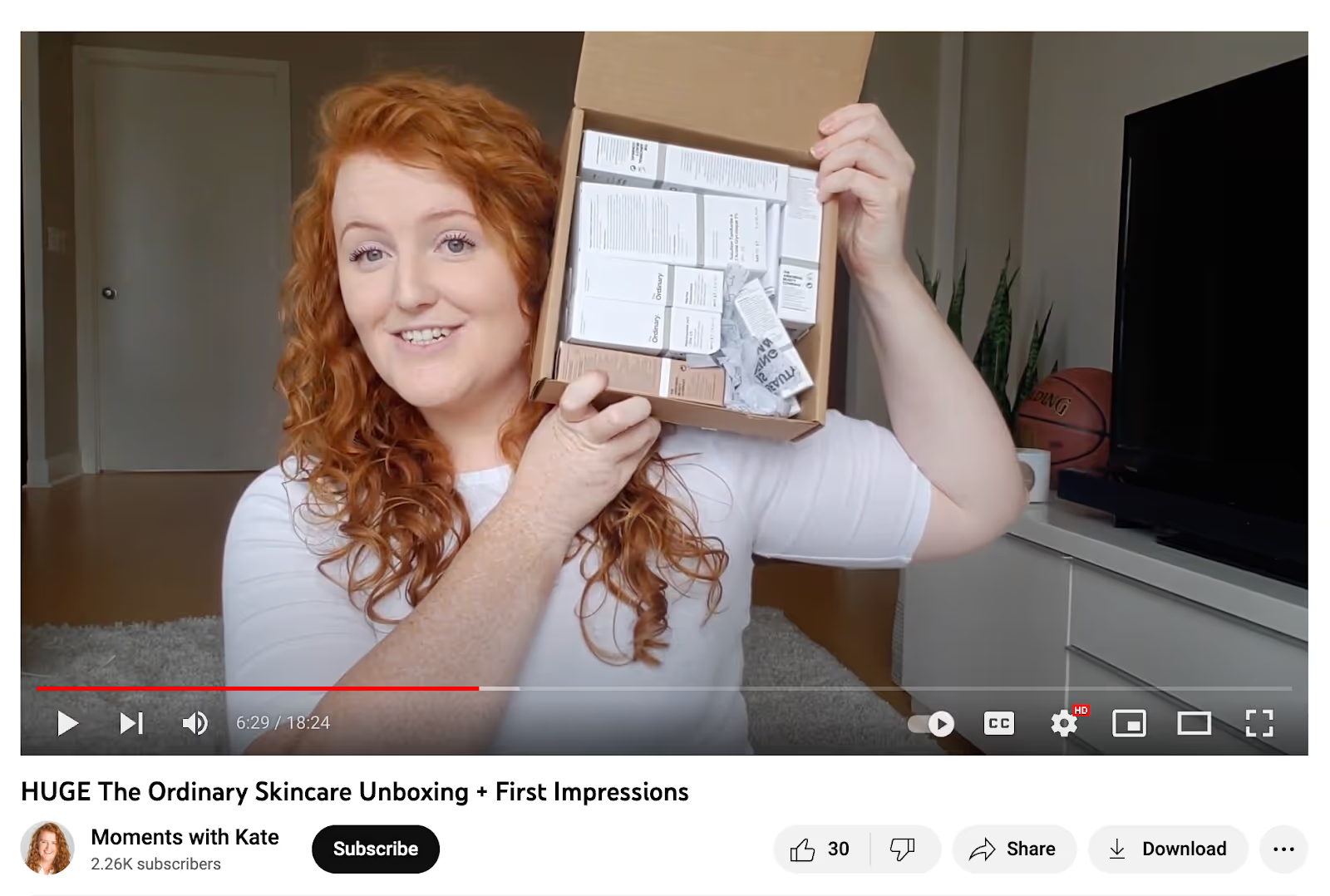
- Hauls: A YouTube influencer often buys or receives many products from brands of a similar category. Take Arissa Anjuli — she purchased her dream wardrobe for school from Shein, Depop, and AliExpress and showed it all to her audience in a single video. Hauls can be brand-specific too — like Zara haul — but an influencer often uses these types of videos to explore all the free packages they’ve received.
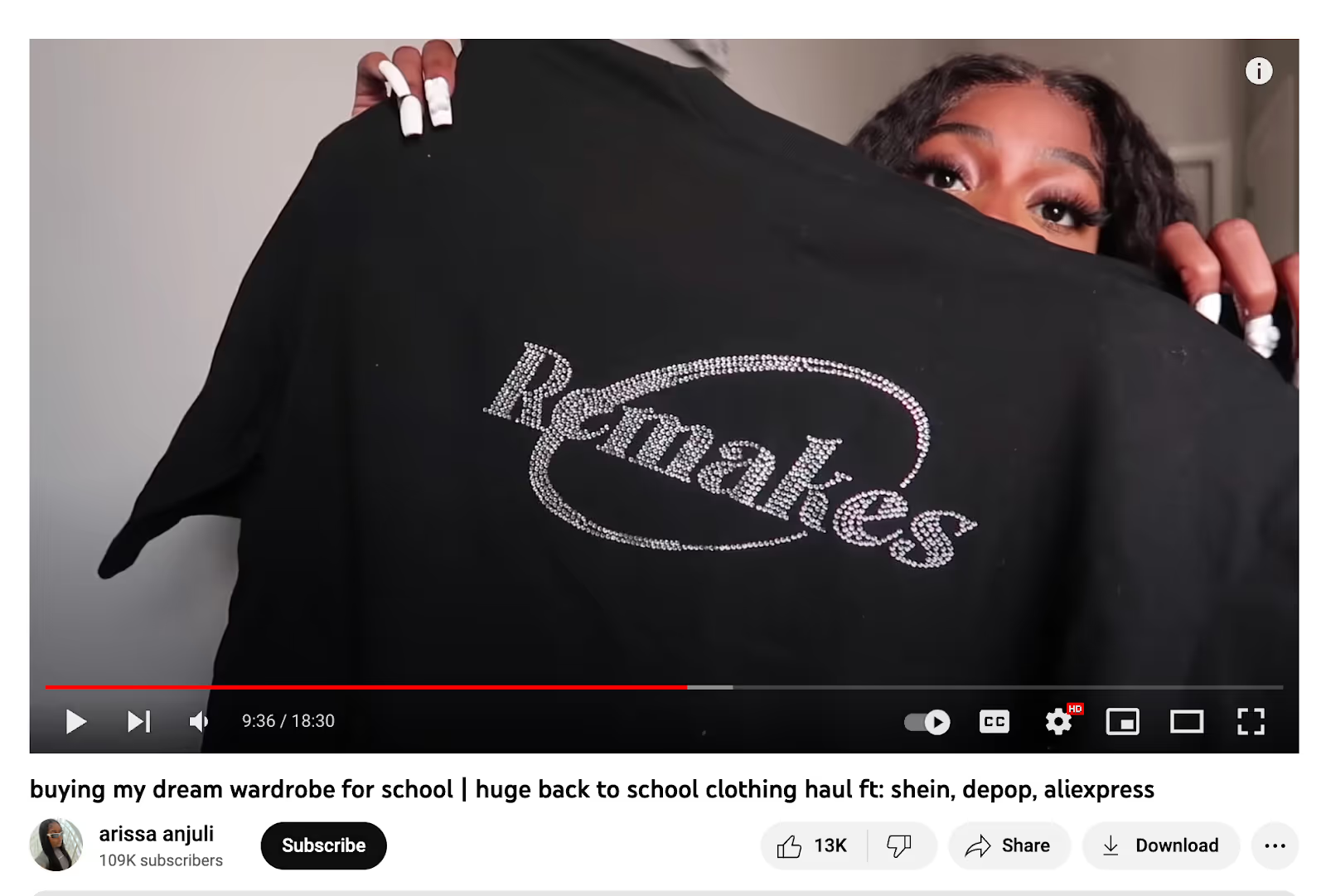
- How-to and tutorial videos: YouTube influencers show their viewers how to do something and do a sponsored product placement into their content seamlessly. For instance, Audrie Storme made a video about how to be productive and included her video’s sponsor, Skillshare, as one of the solutions to implement her tip of learning something new.
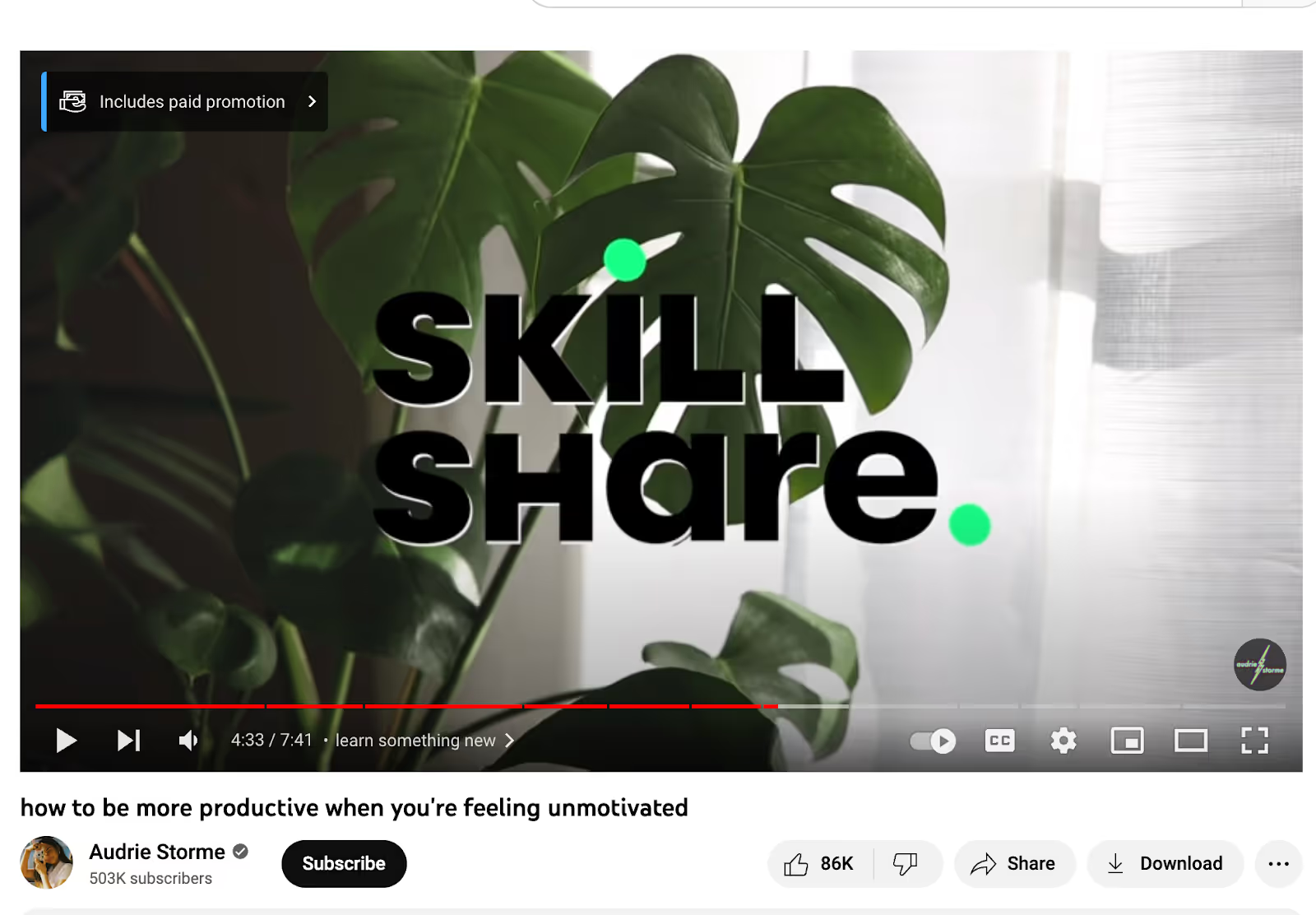
- Product reviews: YouTube influencers deep-dive and review a product. Take Nick DiRamio trying various Olipop flavors and sharing his referral link in the description

- YouTube Shorts: Shorts are great for brand awareness, comedy sketches, and starting trends. 59% of GenZ say they use short-form video apps to discover things and then watch longer versions of them. Niahm’s funny Short about her boyfriend finishing her Pureology shampoo is a great example of using YouTube Shorts.
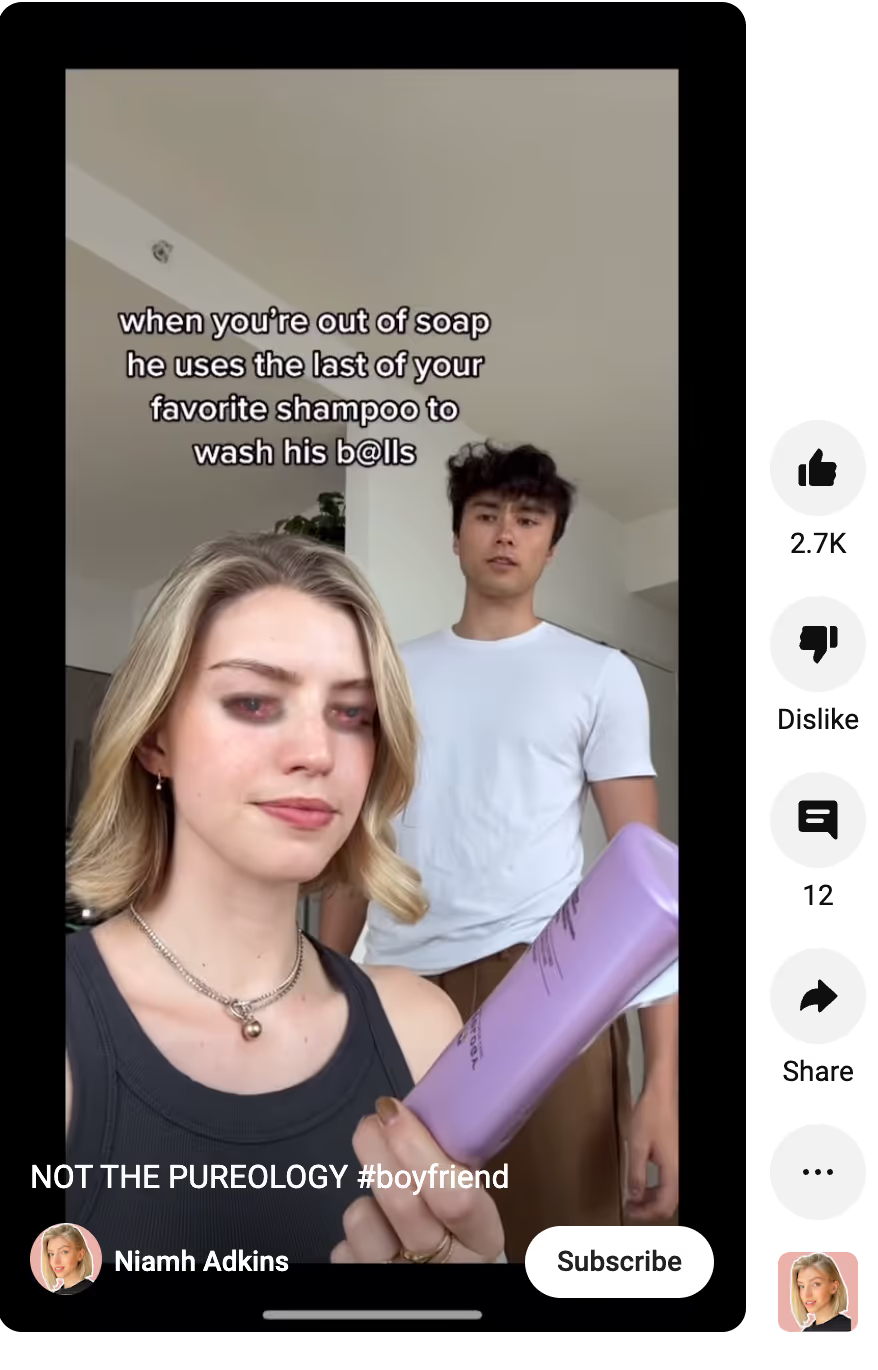
While these are the top five types, YouTube influencers are creative creators — they can incorporate your product in day-in-life vlogs, casual tips videos, and behind-the-scenes videos.
Step 2: Find the Right YouTube Influencer for Your Brand
How to find the right influencer for your brand to run your YouTube influencer marketing campaign?
First things first: There are various types of YouTube influencers for running influencer campaigns. You can work with micro-influencers who are thought leaders or macro-influencers who create lifestyle content.
Go to YouTube and search for the keywords in your niche. If you're Eight Sleep selling sleep fitness products, hunt for influencers ranking for keywords like “cooling mattress” and sponsor the videos of YouTube influencers who make lists like, ‘best cooling mattresses.’ Verify whether or not their YouTube channel serves your target audience.
The YouTube algorithm is A1 at picking up cues and will start recommending creators who create similar videos in no time.
Step 3: Dominate YouTube SEO
We at Kynship often preach that pay-per-post is dead. But YouTube is the exception. Why? Because YouTube isn’t just a social media channel or a website, it’s the third most popular search engine in the world. Plenty of YouTube videos even populate Google searches.
Videos on TikTok and Instagram die down within two days. For pay-per-post, it’s a terrible investment. But betting on YouTube SEO is garnering evergreen search volume — and for that, you need to go the pay-per-post route for solid influencer partnerships.
Choose influencers whose search rankings are high and can help you climb the ladder in the engine for keywords in your industry.
Best Practices To Make YouTube Influencer Marketing Easier
Selling your product or service is hard. Making sales through YouTube influencer marketing might be harder. Here are three best practices that’ll make it easier:
#1: Focus On Engagement Metrics Because Subscribers Don’t Mean Much on YouTube
The number of followers might matter on other channels, but on YouTube, the number of subscribers doesn't define success. Many target consumers will be regularly recommended a certain YouTuber’s videos — but might never subscribe to their channel.
So for YouTubers, evaluate their viewership, production quality, and how organically they can place your product in their videos. Likes, comments, and engagement are your golden examination metrics.
#2: Don’t Micromanage YouTubers Because They Know What Best Resonates With Viewers
A creator knows best hasn’t ringed truer than for YouTube influencers. They know what their audiences prefer and what viewers will watch till the end.
Ensure your influencer brief gives them the freedom and flexibility to promote your product or service how they deem fit to reach your target consumers and amplify ROI.
#3: Create Methods for Tracking Influencer Campaign Performance to Double Down on What Works
Track how your YouTubers are doing by giving them affiliate links, coupon codes, and hashtags. These methods can help you track metrics and define what success looks like for YouTube influencer campaigns.
The best part? YouTubers can add links in the video description and comments — maximizing website traffic for your brand.
Ready to Dive Into YouTube Influencer Marketing?
YouTube influencer marketing isn’t for the fainthearted. It can be a whole new map to navigate, it might not make sense for every influencer marketing campaign, and YouTube influencers can be expensive.
But when done right, YouTube can provide your brand with a fat cheque payoff with its evergreen SEO and professional-looking content.
If you’re a newbie in influencer marketing, we recommend starting with easier platforms like Instagram and TikTok. Need expert help? We’re here — book a call to chat today.
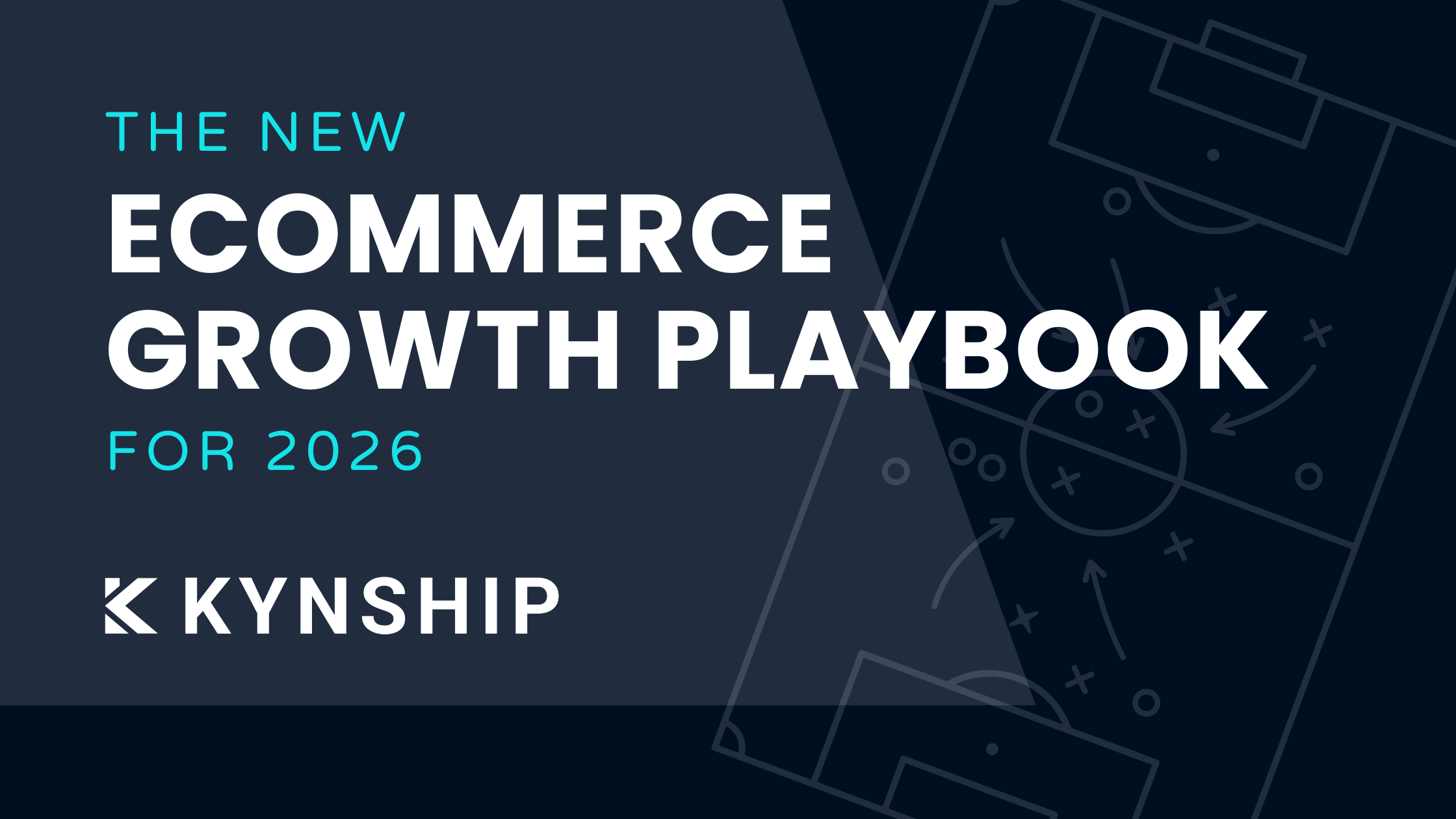
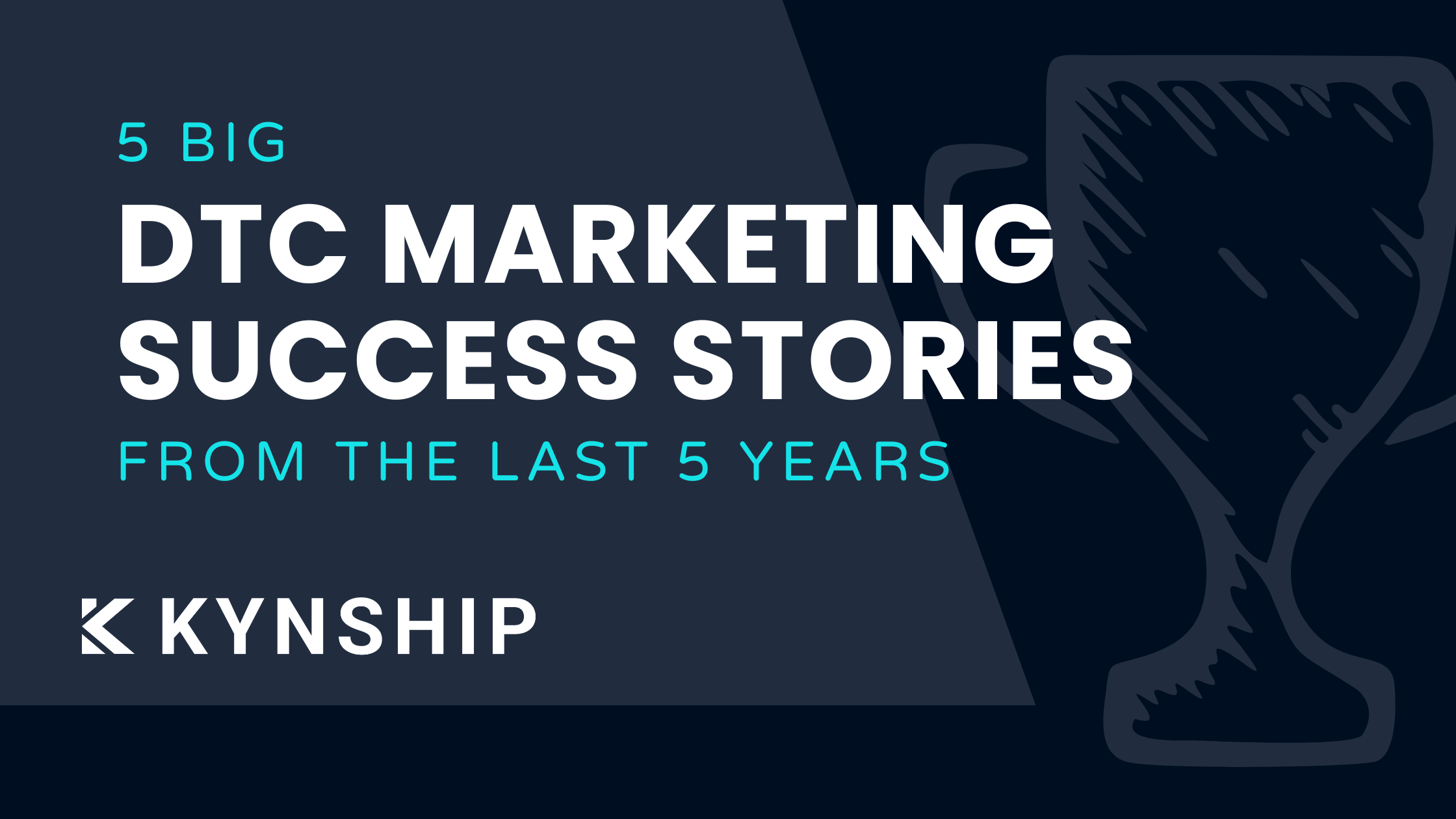
5 DTC Marketing Success Stories From The Last 5 Years
Five real DTC marketing success stories from the last five years, breaking down how brands scaled despite rising CAC, creative fatigue, and tougher competition, plus key lessons you can apply today.

The New Ecommerce Growth Playbook For 2026
These are the ecommerce growth marketing strategies we are using right now to successfully scale DTC brands from $2M to $50M.
Bi-weekly tips to reduce your CAC
Join thousands of DTC operators and subscribe to Cut the CAC for insights from the Bottom Line Podcast and Kynship's growth strategies.


.avif)
.avif)
.avif)



